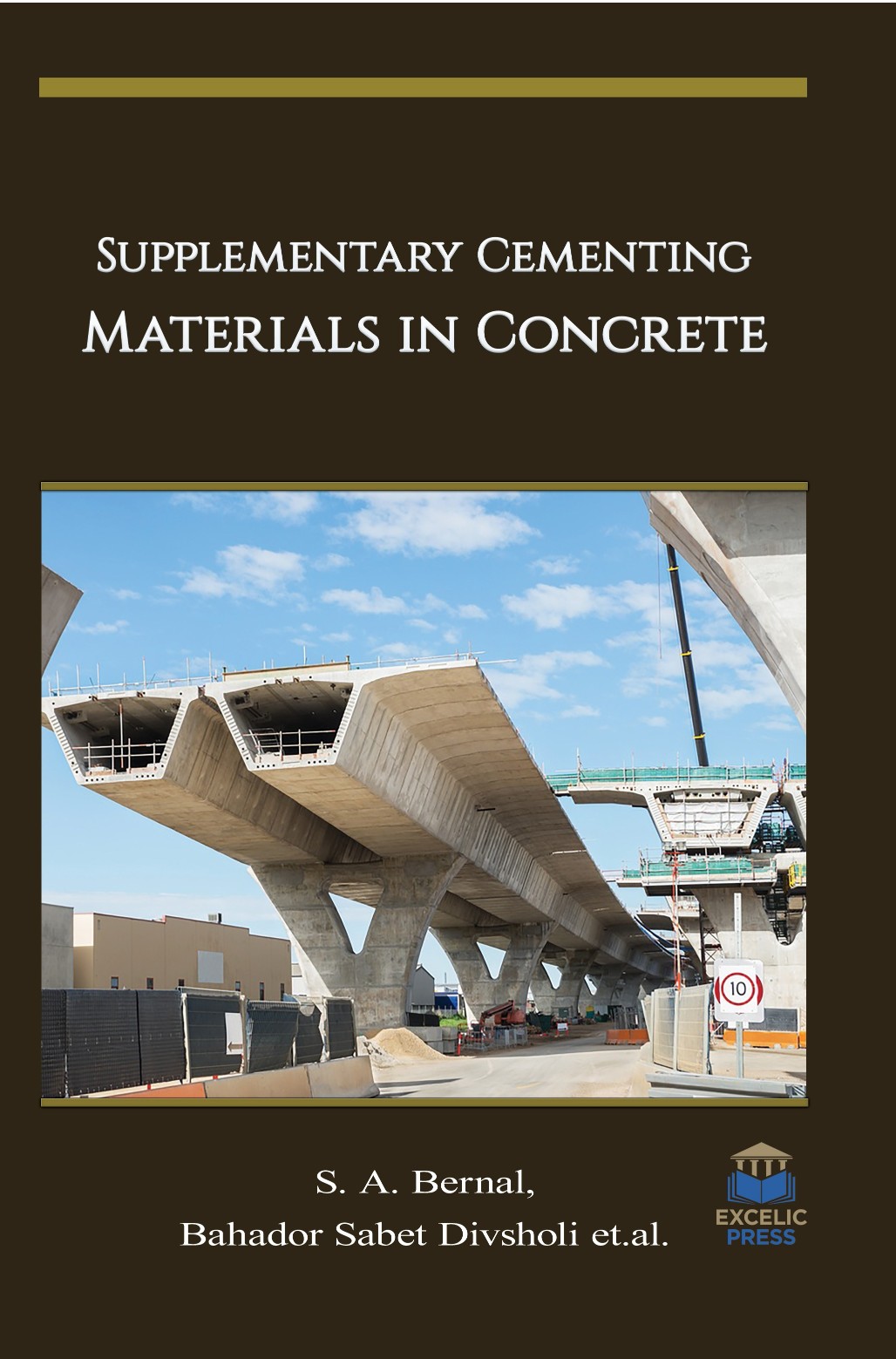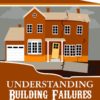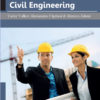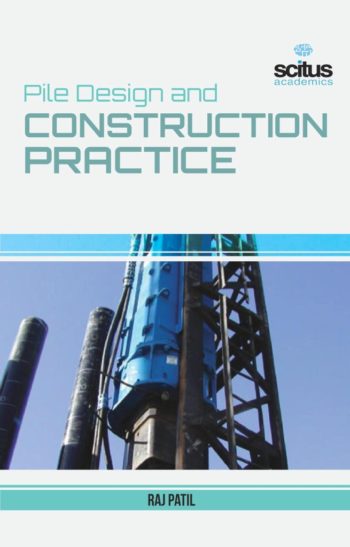The use of Supplementary cementing materials (SCMs) dates back to the ancient Greeks who incorporated volcanic ash with hydraulic lime to create a cementitious mortar. Supplementary cementing materials (SCMs) subsidize to the properties of hard-edged concrete through hydraulic or pozzolanic movement. Usual examples are fly ashes, slag cement, and silica fume. These can be used exclusively with Portland or blended cement or in different combinations in order to concrete to make concrete mixtures more economical, reduce permeability, increase strength, or influence other concrete properties. The key to concrete’s success is its versatility and no other sector of the construction industry utilizes this attribute more than the manufactured concrete products industry. Concrete can be designed to withstand the harshest environments while taking on the most inspirational forms. The use of such byproducts in concrete construction not only prevents these products from being land-filled but also enhances the properties of concrete in the fresh and hydrated states. Engineers are continually pushing the limits with the help of innovative chemical admixtures and supplementary cementitious materials.
This book is an attempt to integrate the current trends and reviews related to the use of Supplementary Cementing Materials in cement and concrete. The book is packed with a range of topics from understanding the fundamental science behind using Supplementary Cementing Materials (SCMs) to practical examples of their use in real situations. It includes a wide range of studies on the properties of the waste material/by-product, its potential usage, and its effect on the properties of fresh and hardened concrete and other cement based materials. With these issues and complexities in mind, the purpose of this book is to provide policymakers with information and analysis necessary to develop regulations and design instruments that have the greatest potential to remove impediments to increased SCM consumption in world and optimize SCM utilization in a manner that is consistent with evolving market conditions in the short, medium, and long terms. It describes how supplementary cementitious materials (SCMs) and blended cements are used in paving concrete as one way of increasing the overall sustainability of concrete mixtures.
This book serves as a guiding tool for students, engineers, and practitioners to optimize the use of supplementary cementing materials to improve concrete performance.













